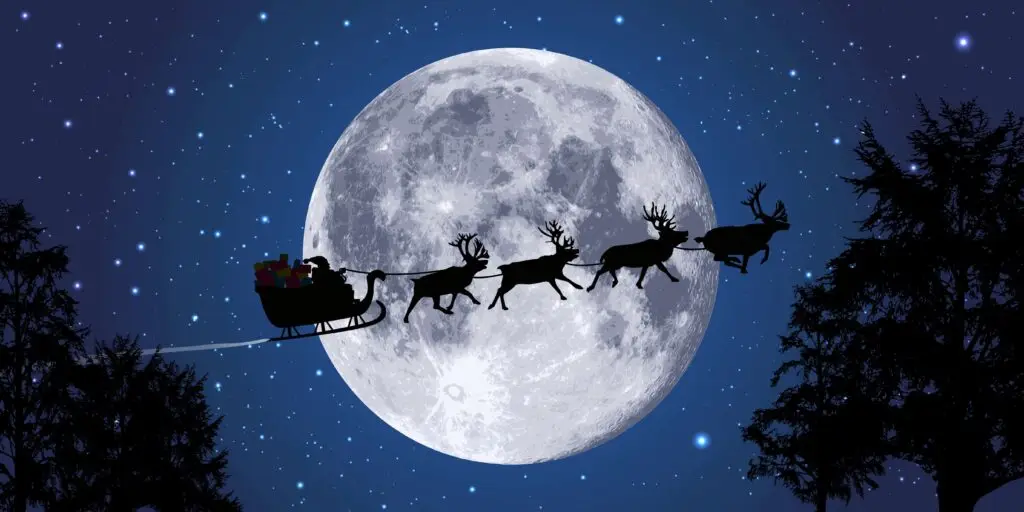
North Pole – What’s The Fascination
Location: The North Pole is the northernmost point on Earth and lies in the Arctic Ocean. It is situated at 90 degrees north latitude and 0 degrees longitude, making it equidistant from all other points on the globe.
Significance: The True North holds immense scientific and environmental importance. It serves as a vital indicator of climate change, as the melting of sea ice in the region has far-reaching implications for global weather patterns and ecosystems. Additionally, the North Pole is home to unique wildlife adapted to the extreme cold, such as polar bears, walruses, and seals.
Is there a secret entrance?: While the North Pole is not a physical place with an entrance, it has become synonymous with the idea of Santa’s workshop and the magic of Christmas. In this sense, the “secret entrance” to the North Pole lies in the spirit of imagination and the belief in the wonder of the holiday season.

Other interesting facts or information:
- The North Pole is not a permanent location but shifts slightly due to the Earth’s changing axis.
- The Arctic ice pack surrounding the True North is constantly moving and can be treacherous to navigate.
- Several countries, including Canada, Russia, Denmark, and Norway, have made claims to the North Pole and its surrounding areas due to potential mineral resources and shipping routes.
- The first confirmed expedition to reach the North Pole was led by American explorer Robert Peary in 1909.
- The True North has been a popular destination for scientific research, with teams studying climate change, oceanography, and Arctic wildlife.
The North Pole has become synonymous with Santa’s workshop and the magic of Christmas, but why this specific location? Several factors, both practical and imaginative, have contributed to the North Pole’s significance in Santa lore:
- Remote and Enchanting: The North Pole’s remote and icy setting adds to its allure as a place of mystery and wonder. It is a place untouched by the hustle and bustle of the world, allowing Santa and his elves to work undisturbed and maintain the secrecy of their operation. The snowy landscapes, twinkling stars, and ethereal Northern Lights create a mystical atmosphere that captures the imagination of children and adults alike.
- Limitless Space: The vast, open spaces surrounding the True North provide ample room for Santa’s workshop and the production, storage, and testing of toys. The endless icy plains serve as a perfect testing ground for new toys, ensuring they can withstand extreme conditions before being delivered to children worldwide.
- Proximity to the Arctic Circle: The North Pole’s proximity to the Arctic Circle plays a crucial role in Santa’s ability to deliver presents on Christmas Eve. The Arctic Circle marks the boundary beyond which the sun remains above or below the horizon for extended periods during the summer and winter solstices. This phenomenon allows Santa and his reindeer to take advantage of the long daylight hours during the Christmas season, providing ample time to complete their deliveries.
- Cultural Symbolism: The True North has become a deeply ingrained symbol of Christmas and the spirit of giving. Over time, countless stories, songs, and cultural traditions have cemented its association with Santa’s workshop. The image of Santa Claus at the North Pole has been immortalized in literature, film, and popular culture, further solidifying its significance in the collective imagination.
While other locations, such as the South Pole or the Swiss Alps, could have potentially served as Santa’s workshop, they lack the same magical charm and cultural resonance as the North Pole. The North Pole embodies the spirit of Christmas, a place where dreams come true, and the magic of the holiday season comes to life.
